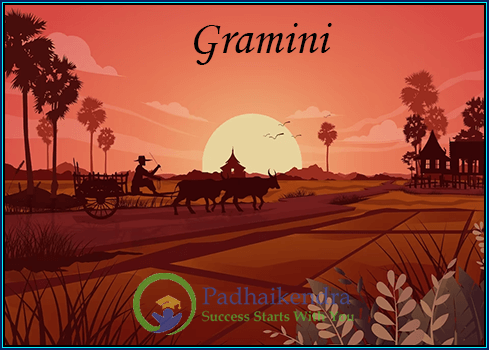Meaning of the term Gramini Used during Vedic Period
The term “Gramini” was used during the Vedic period in ancient India to refer to the head of a village or a rural settlement. The term comes from the Sanskrit word “grama,” which means “village.”
In the Vedic period, society was organized into different classes, or varnas, with the Brahmins, or priests, at the top. Below the Brahmins were the Kshatriyas, or warriors, and the Vaishyas, or merchants and traders. The Gramini belonged to the Vaishya varna.
The Gramini was responsible for the administration and governance of his village, including the collection of taxes, the maintenance of law and order, and the resolution of disputes among villagers. The Gramini was also responsible for overseeing the cultivation of crops and the raising of livestock in the village.
The position of Gramini was not hereditary and was often determined through a system of election or appointment by a council of elders or influential villagers. The Gramini was expected to be chosen based on his qualities of leadership, integrity, and wisdom.
The role of the Gramini was important in ancient India, as the village was the basic unit of society and the primary source of food and livelihood for most people. The Gramini played a key role in ensuring the welfare and prosperity of his village and its inhabitants.

